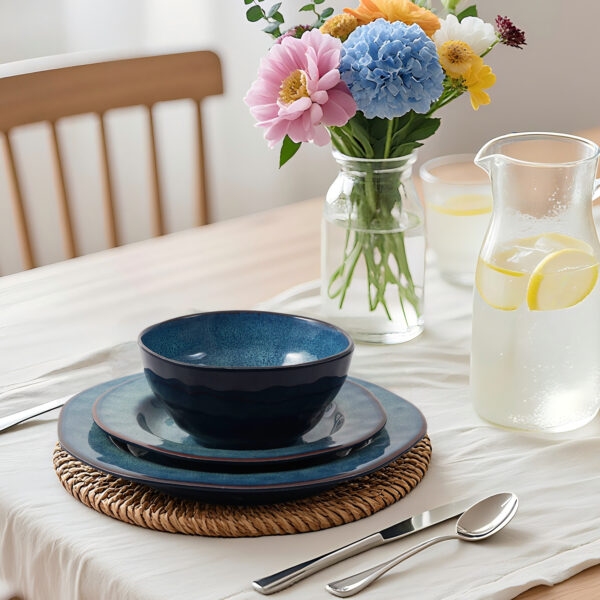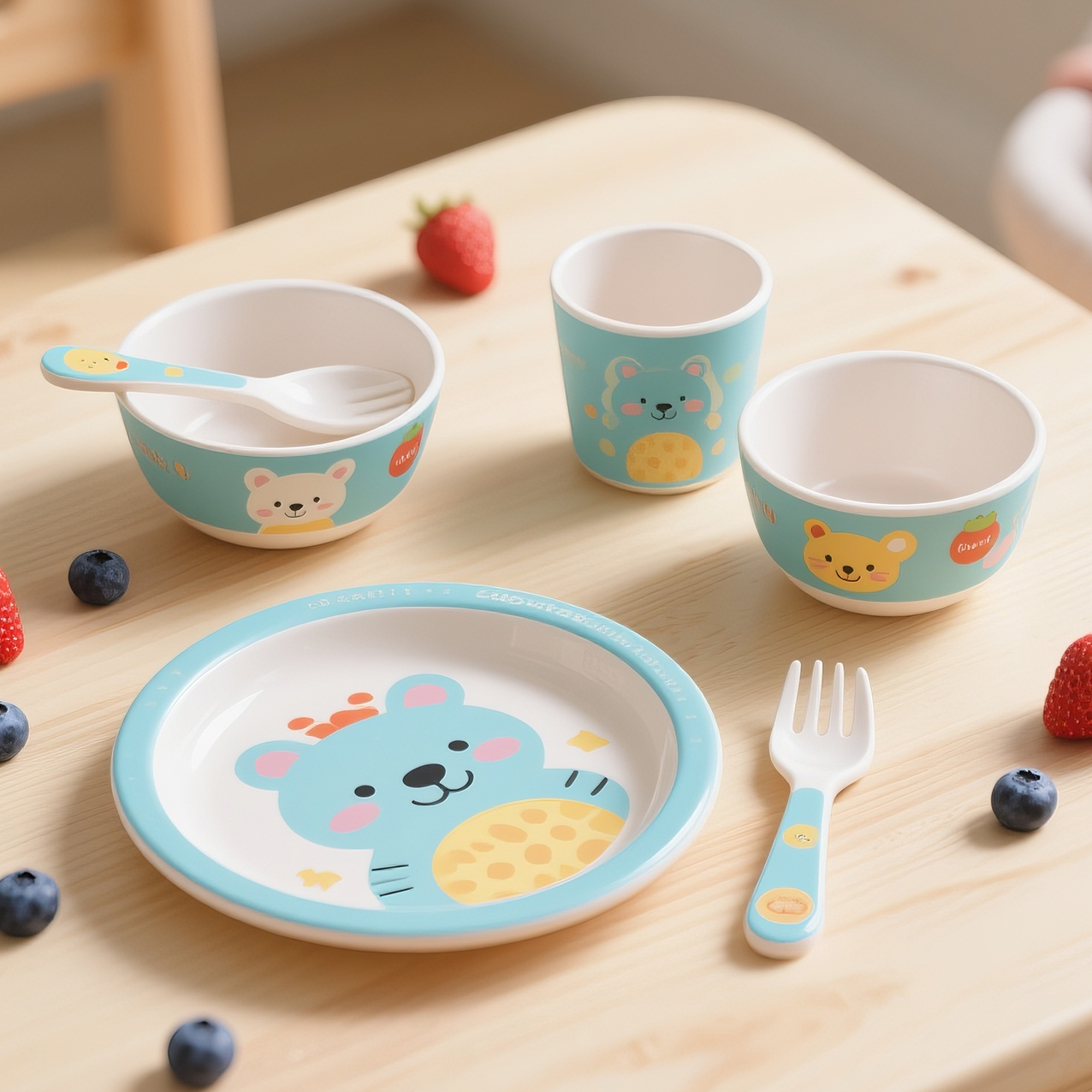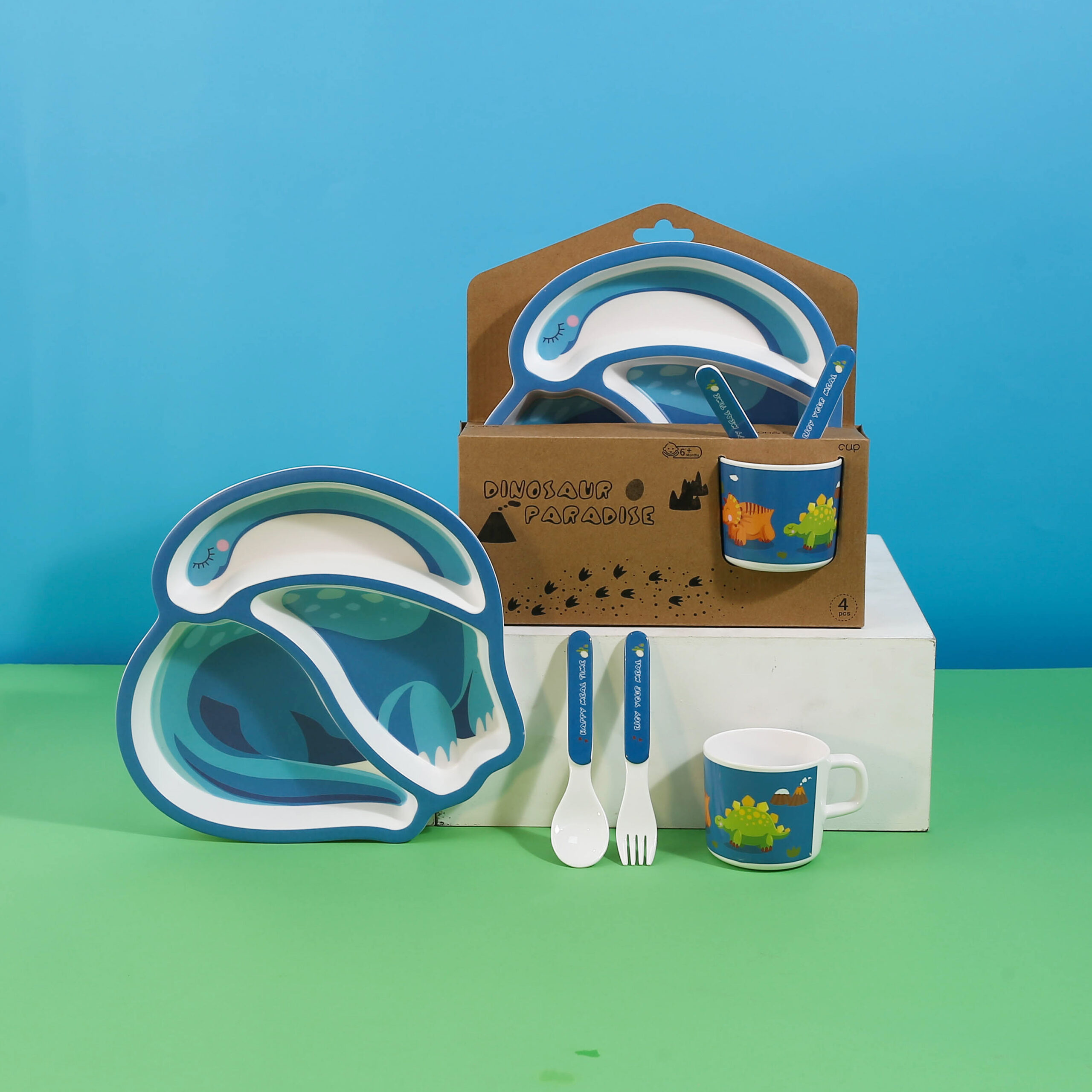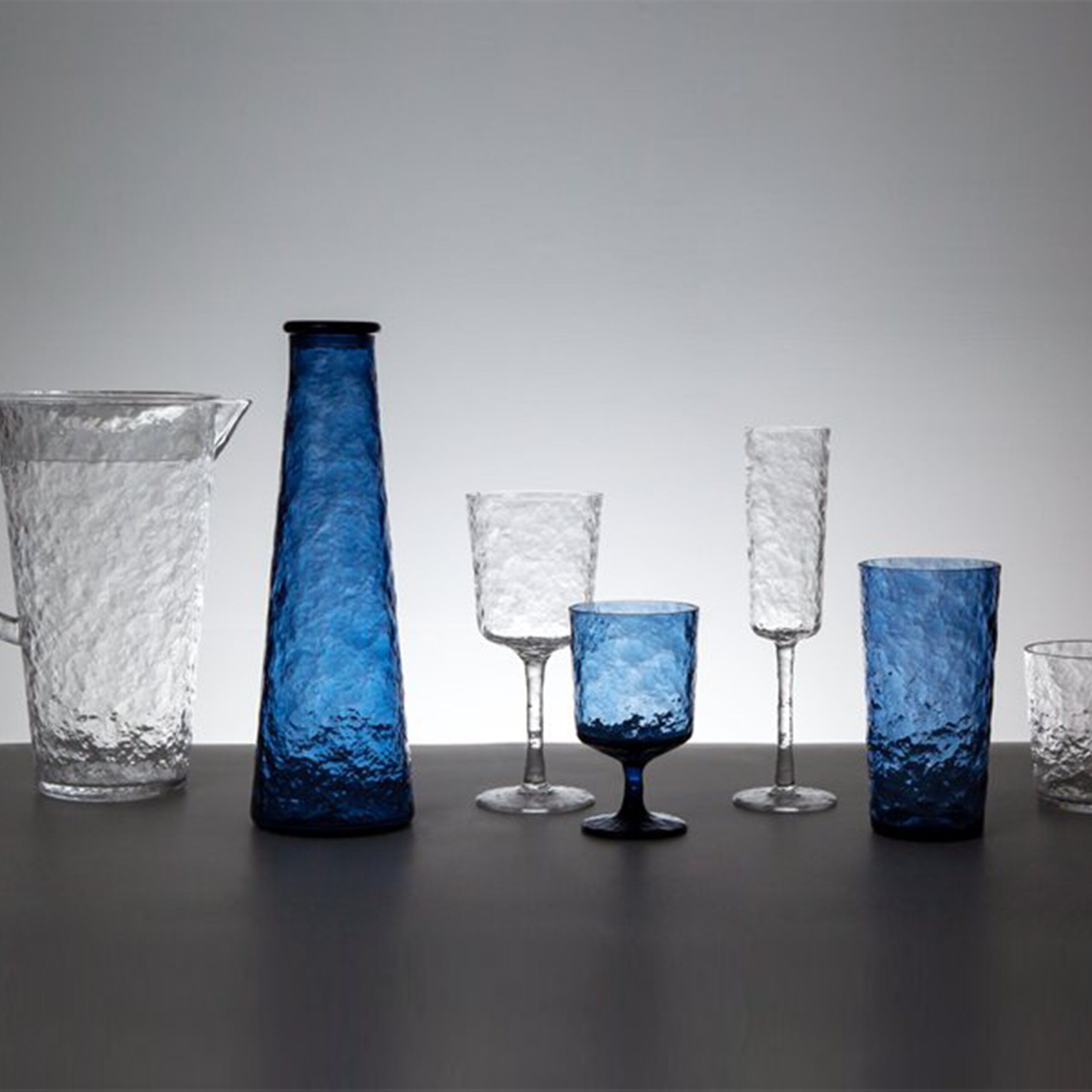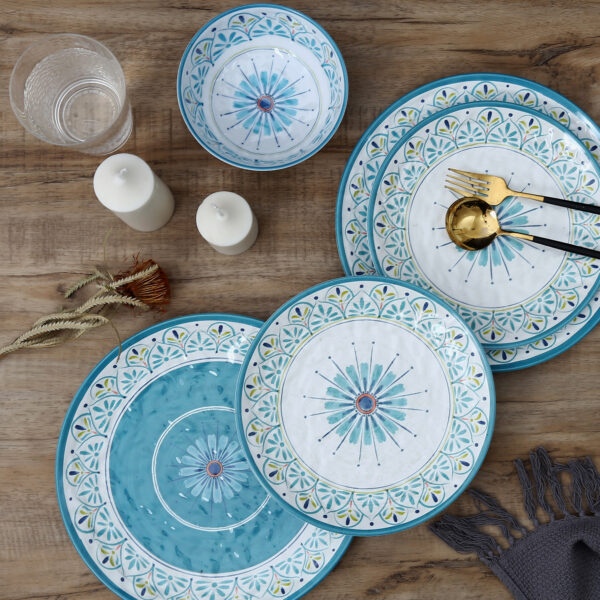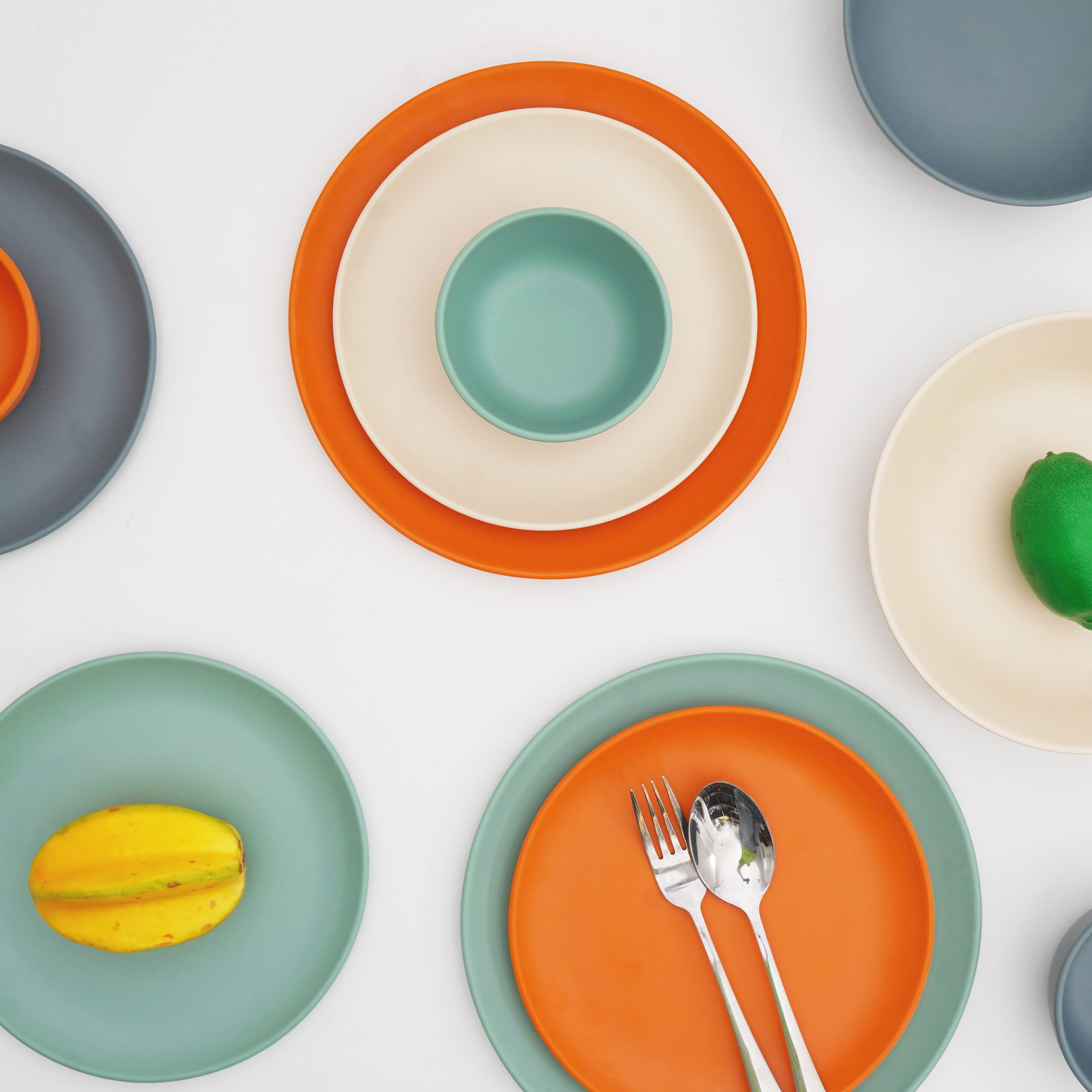Recent industry reports reveal that the usage of degradable tableware has surged to nearly 30% penetration within the global foodservice market. This rapid growth highlights increasing environmental awareness and mounting regulatory pressures. Yet, a key question persists: Can degradable tableware effectively replace traditional materials such as melamine, stainless steel, and acrylic in daily applications? Evaluating both options’ benefits and limitations is essential for consumers and businesses aiming for sustainable living.
The Importance of Degradable Tableware for Modern Sustainability
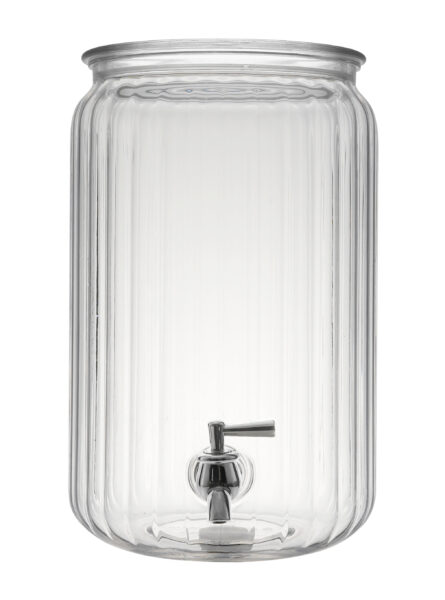
Degradable tableware offers a crucial solution to the mounting plastic pollution crisis. Conventional plastics may take centuries to decompose, severely harming the environment. In contrast, degradable alternatives break down naturally within 6 to 12 months under industrial composting, returning nutrients safely to the soil without releasing toxic residues.
Key factors highlighting the importance of degradable tableware include:
- Reduced Environmental Footprint: By replacing conventional plastics, degradable tableware can reduce landfill accumulation and ocean pollution. According to studies, using compostable materials in place of plastics can decrease greenhouse gas emissions by up to 60% during production.
- Regulatory Compliance: More than 60 nations have implemented regulations limiting or prohibiting single-use plastic products to curb environmental pollution. Degradable tableware meets these evolving legal requirements, offering a sustainable path forward.
- Resource Efficiency: Many degradable materials, like PLA, are derived from renewable resources such as corn starch, minimizing reliance on fossil fuels and supporting circular economy principles.
Despite these advantages, degradable tableware often faces challenges related to mechanical strength, heat resistance, and the availability of industrial composting infrastructure, limiting its universal application.
Traditional Materials Compared to Degradable Tableware
| Material | Typical Lifespan | Biodegradable | End-of-Life Disposal |
| Melamine | 5-10 years | No | Requires recycling facilities; otherwise landfill |
| Stainless Steel | 20+ years | No | Recycled at rates exceeding 80%; highly sustainable |
| Acrylic | 3-7 years | No | Recyclable in specialized facilities |
Melamine
Melamine is commonly utilized for its strong resistance to heat—withstanding temperatures up to 160°C—and its robust mechanical properties. It withstands thousands of washes and lasts 5 to 10 years. However, it is not biodegradable and requires specialized recycling infrastructure, which can be limited in some regions.
Stainless Steel
Stainless steel tableware is one of the most sustainable options due to its longevity—exceeding 20 years in many cases—and recyclability, with over 80% of stainless steel being recycled globally. Its resistance to corrosion and damage makes it ideal for both residential and commercial use.
Acrylic
Acrylic is favored for its lightweight, clarity, and design flexibility, with a lifespan ranging from 3 to 7 years. While not biodegradable, acrylic can be recycled at dedicated facilities. Proper recycling mitigates landfill accumulation and supports material circularity.
Can Degradable Tableware Replace Traditional Materials in Usage?
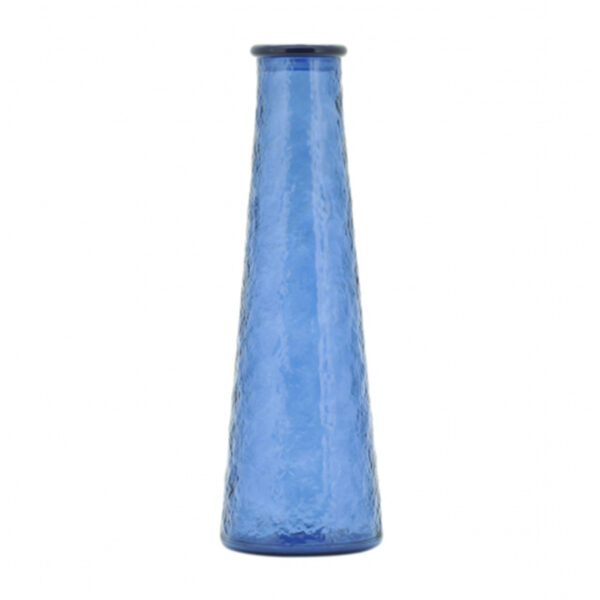 The adoption of degradable tableware is growing rapidly, but is largely context-dependent. Durable materials such as melamine, stainless steel, and acrylic remain dominant in households and businesses due to their robustness and reusability.
The adoption of degradable tableware is growing rapidly, but is largely context-dependent. Durable materials such as melamine, stainless steel, and acrylic remain dominant in households and businesses due to their robustness and reusability.
However, in the food delivery and takeaway sector, which is expected to surpass $400 billion by 2030, the use of degradable tableware is critical. This sector generates vast amounts of single-use packaging waste, and degradable options offer a practical way to reduce environmental impacts.
Key points on this trend include:
- Regulatory Push: Many jurisdictions require or incentivize the use of compostable tableware for takeout, driving vendors to adopt degradable solutions.
- Consumer Demand : Surveys show over 70% of consumers prefer eco-friendly packaging when ordering food delivery.
- Waste Reduction Impact : Compostable tableware can reduce landfill waste volume by up to 50% compared to traditional plastic disposables.
While degradable tableware may not fully replace durable materials in every setting soon, it complements reusable tableware by addressing disposable needs in high-volume, short-use cases.
Benefits of Choosing Durable and Recyclable Tableware Compared to Degradable Tableware
Durable, recyclable tableware remains essential for sustainable consumption beyond single-use applications. Benefits include:
- Extended Lifespan: Durable materials like stainless steel and melamine offer product lifespans multiple times longer than disposables. Stainless steel tableware lasts over 20 years, cutting waste and replacements.
- Recycling Rates: Over 80% of stainless steel and a significant portion of melamine and acrylic products can be recycled, closing the materials loop.
- Cost Efficiency : Despite higher upfront costs, reusable tableware reduces long-term expenses by avoiding frequent repurchases.
- Environmental Savings : Lifecycle analyses estimate that using stainless steel tableware over disposable plastics can cut carbon emissions by up to 80% over five years.
Vita Joy specializes in these durable, recyclable materials, offering customers reliable, eco-friendly tableware options that support sustainability through reuse and recyclability.
Proper use and maintenance—such as gentle cleaning and careful handling—are essential to extend tableware lifespan and maximize environmental benefits.
Conclusion
The rise of degradable tableware marks a significant environmental protection trend but does not yet fully replace traditional materials across all applications. Instead, the future points toward a balanced approach—leveraging degradable products for disposable use cases, particularly in food delivery, while maintaining durable, recyclable tableware like those from Vita Joy for daily, long-term use.
Explore Vita Joy’s collection of durable and recyclable tableware designed to support sustainable living and long-term use. To learn more or request a quotation, feel free to reach out to our professional team.



